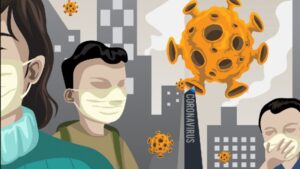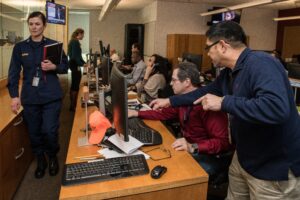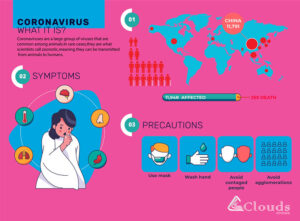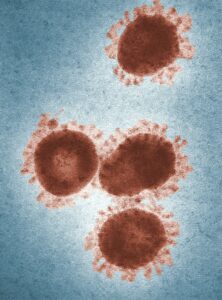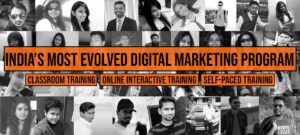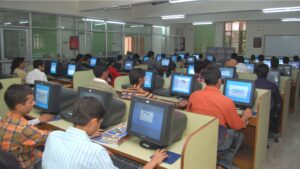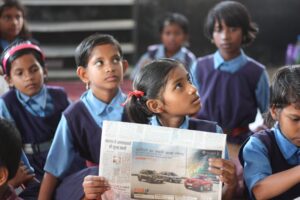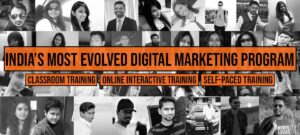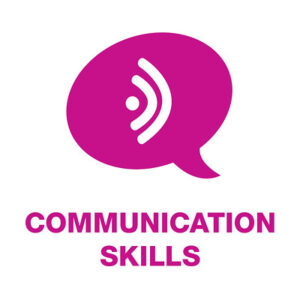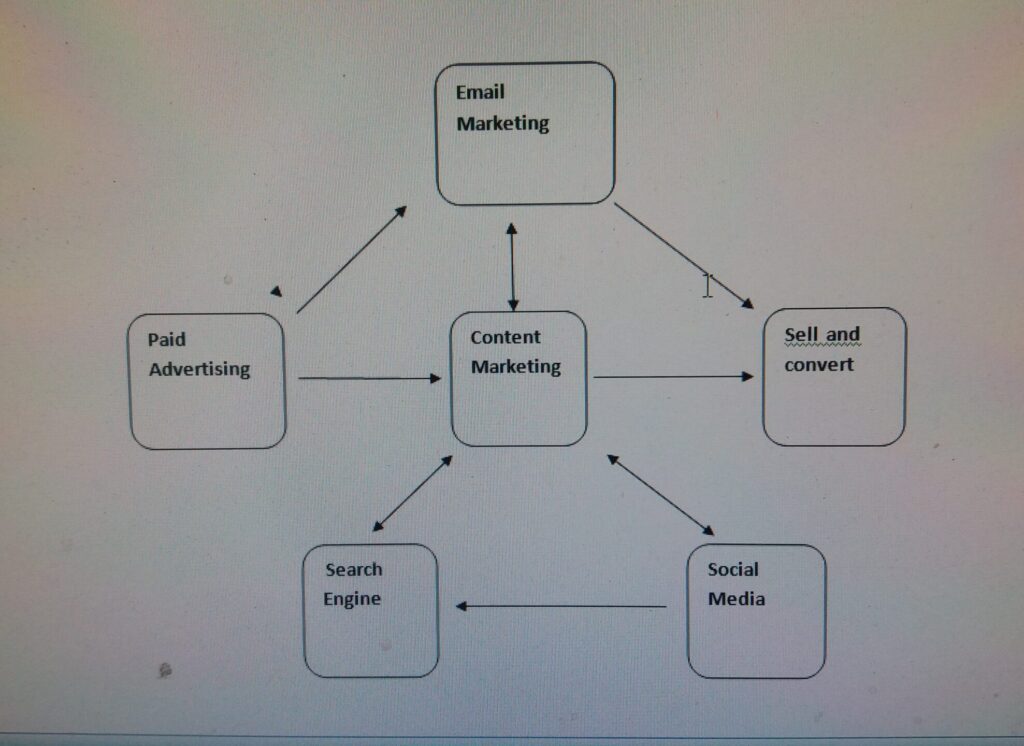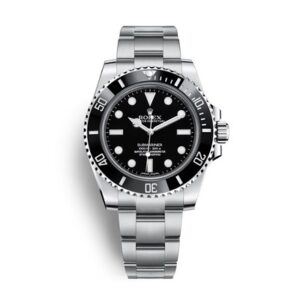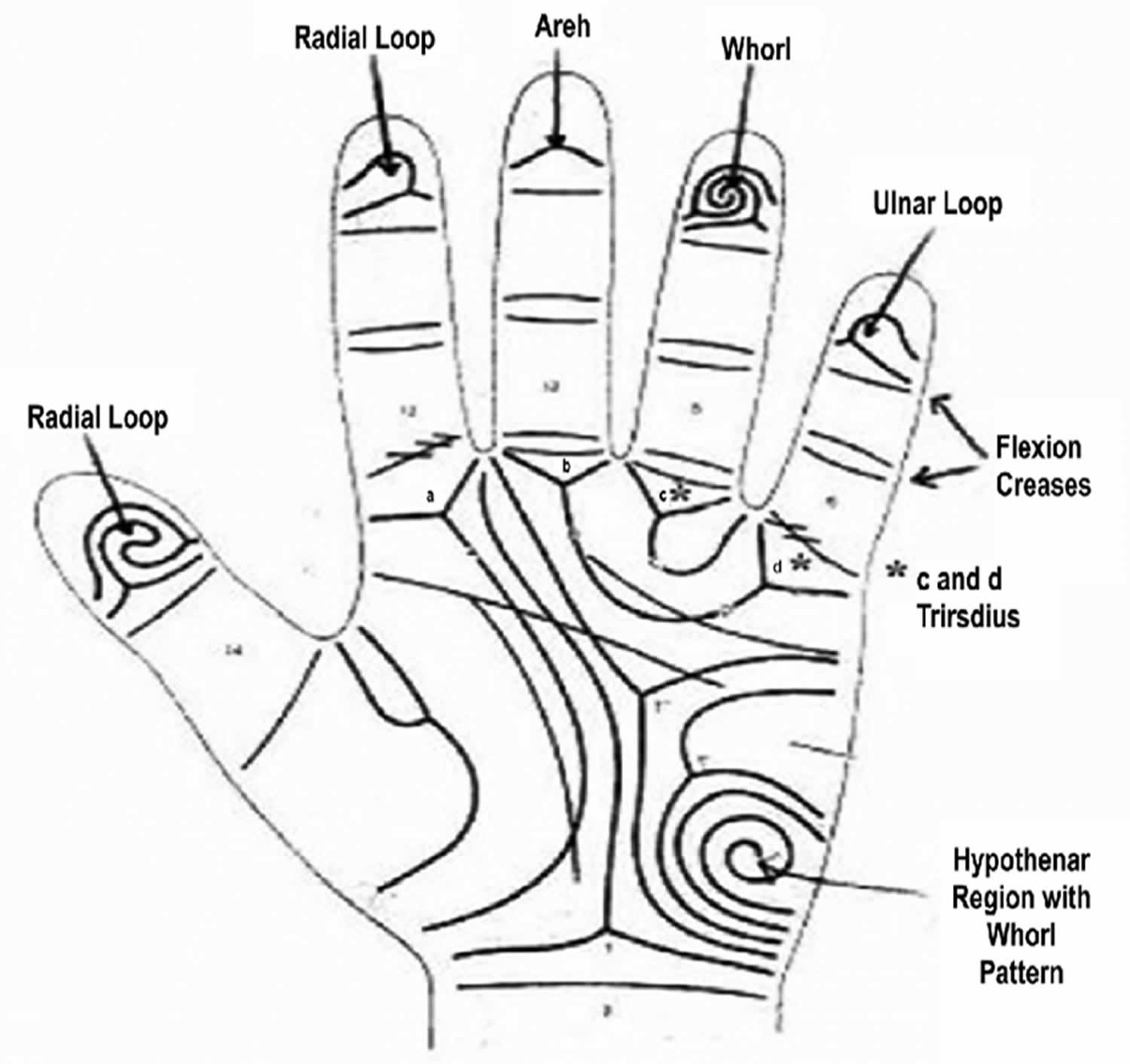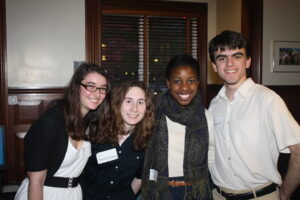What is Instructional Design ?
Instructional Design is that the practice of making instructional experiences which make the acquisition of data and skill more efficient, effective, and appealing. it’s the art and style of making an instructional environment and materials which will bring the learner from the state of not having the ability to realize certain tasks to the state of achieving those tasks.
Instructional design is predicated on theoretical and practical research within the areas of cognition, psychology, and problem-solving. it’s historically and traditionally rooted in cognitive and behavioral psychology. Constructivism (learning theory), has influenced the thinking within the field recently.
The process of Instruction Design consists broadly of determining the present state and therefore the needs of the learner, defining the top goal of instruction, and creating some intervention to help within the transition.
Ideally, the method is informed by Pedagogically(adult learning) and anagogically(adult learning) tested theories of learning and should happen in student-only, teacher-led, or community-based settings. the result of this instruction could also be directly observable and scientifically measured or completely hidden and assumed.
History of system approach to Instructional Design
The 1940s – The Origins of Instructional Design, World War II
The birth of Instructional design is strongly related on one hand to the emergence of inquiry in psychology and education and on the hand to specific needs of the system.
The 1940s saw the origin of Instruction Design started during war 1. the inspiration for the educational design was laid during war II when many thousands needed to be taught very specific tasks during a short amount of their time. Individual aspects of those upon resulting in the event of instructional design, a field of study that marries education, psychology, and communications to make the foremost effective complex tasks were weakened, so soldiers could better understand and comprehend each step of the method.
After the success of the training, psychologists began to look at training as a system and developed various, design, and evaluation procedures. This approach was later taken and built teaching plans for specific groups of scholars
1946s— Edgar Dale’s Cone of Experience
In 1946, Dale outlined a hierarchy of instructional methods and their effectiveness.
The mid-1950s through mid-1960s – The Programmed Instruction Movement
B.F.Skinner in his 1954 article “ The Science of Learning and Art of Teaching “, stated that effective instructional materials, called programmed instructional analyses, should include small steps, frequent questions, immediate feedback, and permit self-pacing.
In 1956, a committee led by Benjamin Bloom published an influential Taxonomy of what he termed as Three Domain of learning referred to as Bloom’s Taxonomy.
Cognitive—What one knows and thinks
Psycho meter – What one does physically
Affective—what one feels or what attitude one has.
The early 1960s – The Criterion-Referenced Testing Movement
Robert Glaser first used the term “ The criterion- Referenced Testing Movement in 1962. A criterion-referenced test is meant to check a person’s behavior in reference to an objective standard. It are often wont to assess the learners’ entry-level behavior, and to what extent learners have developed mastery through an instructional program.
1965 – Domains of Learning, Events of Instruction, and Hierarchical Analysis
In 1965, Robert Gagne described five domains of learning outcomes and nine events of instruction in “The conditions of Learning”, which remain the foundations of instructional design practices.
Gagné’s add learning hierarchies and hierarchical analysis led to a crucial notion in instruction – to make sure that learners acquire prerequisite skills before attempting superordinate ones.
1967 – Formative Evaluation
In 1967, after analyzing the failure of coaching material, Michael Scriven suggested the necessity for formative assessment – e.g., to undertake out instructional materials with learners (and revise accordingly) before declaring them finalized.
The 1970s – Growing of Interest in the Systems Approach
During the 1970s, the amount of instructional design models greatly increased and prospered in several sectors within the military, academia, and industry. Many instructional design theorists began to adopt an information-processing-based approach to the planning of instruction.
The 1980s – Introduction of Personal Computers into the Design Process
This was the age where educators and researchers began to think about how the private computer might be utilized in an academic environment and efforts began to style instruction that utilized this new tool.
PLATO (Programmed Logic for Automatic Teaching Operation) is one example. of how computers began to be integrated into instruction. Many of the primary uses of computers within the classroom were for “drill and kill” exercises. Computer-based educational games and simulations also became popular.
The 1990s – A Growing Interest in Constructivist Theory and the Importance of Performance
As constructivist theory began to realize traction, its influence on instructional design became more prominent as a counterpoint to the more traditional cognitive learning theory. Constructivists believe that learning experiences should be “authentic” and produce real-world learning environments that allow the learner to construct their own knowledge. This emphasis on the learner was a big departure faraway from traditional sorts of instructional design.
Another trend that surfaced during this era was the popularity of performance improvement as being a crucial outcome of learning that needed to be considered during the planning process.
The World Wide Web is developed and begins to surface as a possible online learning tool with hypertext and hypermedia being recognized nearly as good tools for e-learning.
As technology advanced and constructivist theory gained popularity, technology’s use within the classroom began to evolve from mostly drill and skill exercises to more interactive activities that required more complex thinking on the a part of the learner.
Rapid prototyping was first seen during the 1990s. during this process, an instructional design project is prototyped quickly then vetted through a series of tries and revises cycles. this is often an enormous departure from traditional methods of instructional design that took far longer to finish .
The 2000’s – Rise of the Learning Internet and Online
The Internet, with its social media tools and multitudes of data resources, became a really popular tool for online learning, and instructional designers recognized the necessity to integrate e-learning into the creation of learning objects and curricula.
There is an excellent increase within the number of online courses offered by education institutions.
Technology advanced to the purpose that sophisticated simulations were now readily available to learners, thus providing more authentic and realistic learning experiences.
2010 and forward
The influence of e-tools continues to grow and has seemingly encouraged the expansion of informal learning throughout a person’s lifetime. The challenge for instructional designers is the way to create learning opportunities that now may occur anywhere and anytime.
What is Instructional Design Theory?
According to Reigeluth Instruction, Design Theory is
(a) Design-oriented (focusing on means to achieve given goals for learning or development) and identifies methods of instruction (ways to support and facilitate learning) and therefore the situation during which these methods should and will not be used.
(b) Methods of instruction are often weakened into more detailed component methods.
(c) Methods are probabilistic, instead of deterministic.
Cognitive Load Theory and Design of Instruction
Cognitive load theory developed out of several empirical studies of learners, as they interacted with instructional materials. Sweller and his associates began to live the consequences of memory load and located that the format of Instructional materials has an impact on the performance of the learners using those materials.
By the mid-1990s, Sweller and his associates had discovered several effects associated with cognitive load and therefore the design of instruction (e.g. the split attention effect, redundant effect, and therefore the worked-example effect). Later, other researchers like Richard Meyer began to attribute learning effects load. Mayer and associates soon developed a Cognitive Theory of Multimedia Learning.
Instructional Designers use various instructional strategies to scale back cognitive load. for instance, they think that the onscreen shouldn’t be quite 150 words, or the text should be presented in small meaningful chunks. The designer also uses auditory and visual methods to speak information to the learner.
Gagne’s Theory of Instruction
Gagne’s Theory of Instruction is widely utilized in the planning of instructional designers in many settings and has continuous influence within the field of educational technology. Synthesizing ideas from behaviorism and cognitivism, he provides a transparent template that’s easy to follow for designing instruction events. Instructional designers who follow Gagne’s theory will likely have totally focused, efficient instruction.
-
Taxonomy of Learning Outcome
Robert Gagne classified three types of learning outcomes:
a) Cognitive Domain
- Verbal Information – is stated
- Intellectual Skills – to apply the rules and principles. Problem-solving allows for generating solutions or procedures.
- Cognitive Strategies— used for learning.
-
b) Affective Domain
- Attitudes – are demonstrated by preferring options.
- Psychomotor Domain
- Motor Skills – enable physical Performance
- Types of Learning Outcomes.
- Verbal Information—State, Recite, tell, declare.
- Intellectual Skills
- Discrimination—discriminate, distinguish, differentiate.
- Concrete concept—identify, name, specify, label
- Defined concept—classify, categorize, type, sort(by definition)
- Rule—demonstrate, show, solve.
- Higher-order rule—generate, develop, solve.
- Cognitive Strategy—adapt, create, originate.
- Attitude—choose, prefer, elect, favor.
- Motor Skill—execute, perform, carry out.
-
- Nine Events of Instruction
According to Gagne, learning occurs during a series of learning events. Each learning event must be accomplished before subsequent so as for learning to require Similarly, instructional events should mirror the training events. - Gaining attention: Before the learners can start the method of imparting any new information, the trainer must gain the eye of the learners.
- Informing Learning of Objectives: The teacher tells the learners what they’re going to be ready to do due to the instruction.
- Stimulating recall of prior learning: The teacher asks for the recall of existing relevant knowledge.
- Presenting the stimulus: The teacher gives emphasis to distinctive features.
- Providing Learning Guidance: The teacher helps the scholars in understanding(semantic encoding) by providing organization and relevance.
- Eliciting Performance: The teacher asks the learners to reply, demonstrating learning.
- Providing feedback: The teacher gives informative feedback on the learners’ performance.
- Assessing Performance: The teacher requires more learner performance and provides feedback, to strengthen
- Enhancing retention and transfer: The teacher provides varied practice to generalize the potential.
- Nine Events of Instruction
Gagné’s Influence on Education Today
Prior to Robert Gagne, learning was often thought of as one, uniform process. There was little to no distinction between “learning to load a rifle and learning to unravel a posh mathematical problem”. Gagné offered an alternate view that developed the ideas of various learners required different learning strategies. Understanding and designing instruction supported a learning style defined by the individual caused new theories and approaches to teaching. Gagné ‘s understanding and theories of human learning added significantly to understanding the stages in cognitive processing and directions
.
Gagne’s work has had a big influence on American education, military, and industrial training. Gagne was one of the first developers of the concept of instructional systems design which suggests the components of a lesson are often analyzed and will be designed to work together as an integrated plan for instruction.
In “Educational Technology and therefore the Learning Process” (Educational Researcher, 1974), Gagne defined instruction as “the set of planned external events which influence the method of learning and thus promote learning.”
Instructional Design Models
The ADDIE model was initially developed by Florida state university to elucidate
“ the method within the formulation of an instructional systems development (ISD) program for military inter-service training which will adequately train individuals to try to to a specific job and which may even be applied to any inter-service curriculum development activity”.
The most popular version appeared within the 1980s as we know it today.
The Five phases of ADDIE’S Model are listed and explained below.
- Analyze – Analyses refer to the gathering of information about one’s audience, the tasks to be completed, and the project’s overall goals. The instructional design then classifies the information to the content making it more useful and successful.
- Design; during this phase, instructional designers begin to make their projects. Information gathered from the project, in conjunction with the theories and therefore the models of instructional design, is supposed to elucidate how the training are going to be
- Develop: Development relates to the creation of the activities being implemented. This stage is where the blueprints within the design phase are assembled.
- Implement: This stage allows the instructional designer to test all materials to identify if they are functional and appropriate for the intended audience.
- Evaluate: Evaluate ensures that the materials achieve the desired goals. The evaluation phase consists of two parts a)formative assessment b) summative assessment.
More models of instruction design like Rapid Prototyping, Dick, and Carey systems approach model, and Instructional Development Learning System (IDLS) were developed.
Learning theories also play a crucial role in the design of instructional materials. Theories like behaviorism constructivism, social learning, and cognitivism help shape and define the result of instructional materials.
Instructional Design in the Real World
Instructional designers create and deliver educational and training materials to learners from all walks of life in a sort of way. They work with traditional paper materials, such as handouts and manuals, as well as e-Learning technologies and multimedia. Their work are often seen in elementary and secondary schools to universities and adult training facilities. They’re also found outside the tutorial sector during a range of industries including health care, retail, and therefore the military. Justin Ferriman, an e-Learning consultant, even goes as far as resources wisely.
Instructional designers often work as a part of a team, but their importance cannot be overestimated. Consider an eLearning course for example. An instructional designer will play a neighborhood in developing this course, alongside a multimedia designer, eLearning developer, and a top-quality assurance employee.
For the company sector, instructional design plays an integral role that a lot of don’t often see. When new training programs are introduced within companies, instructional designers are those that systematically collect, process, and analyze data, determining if employees were properly educated on the new topics introduced. If a neighborhood of the training doesn’t meet the previously set standards, then it’s an instructional designer’s duty to revamp the course to assist confirm that learners are able to understand the topics down the road. This process helps make sure that companies are working efficiently and using their resources wisely.
The usefulness of instructional designers across a range of industries ensures they are in high demand. The Bureau of Labor Statistics projects a 20 percent job growth within the field by 2020.
The Benefits of Instructional Design
The Benefits of Instructional design are cost-effective, as long as it ensures students learn the strengths and weaknesses of scholars. These materials are also focused and customize efficiently by creating high-quality learning materials that take into account the d to address the specific needs of educators. These experts also safeguard against training materials being created for business problems, which are better served with non-training solutions.
Above all, instructional design yields results. Those during this field create lesson plans intended to interact with students, so they’re more likely to realize their goals. The evaluation may be a key final phase of instructional design implementation, so instructors can make sure that the training sessions are effective in meeting preset objectives.
The ultimate aim of the design process is to develop a reliable training program. It must improve the learner’s possibility of learning and be a unique attention-capturing experience for them. So if the educational design engages the learner by making the knowledge more efficient and appealing it’s a hit.
















